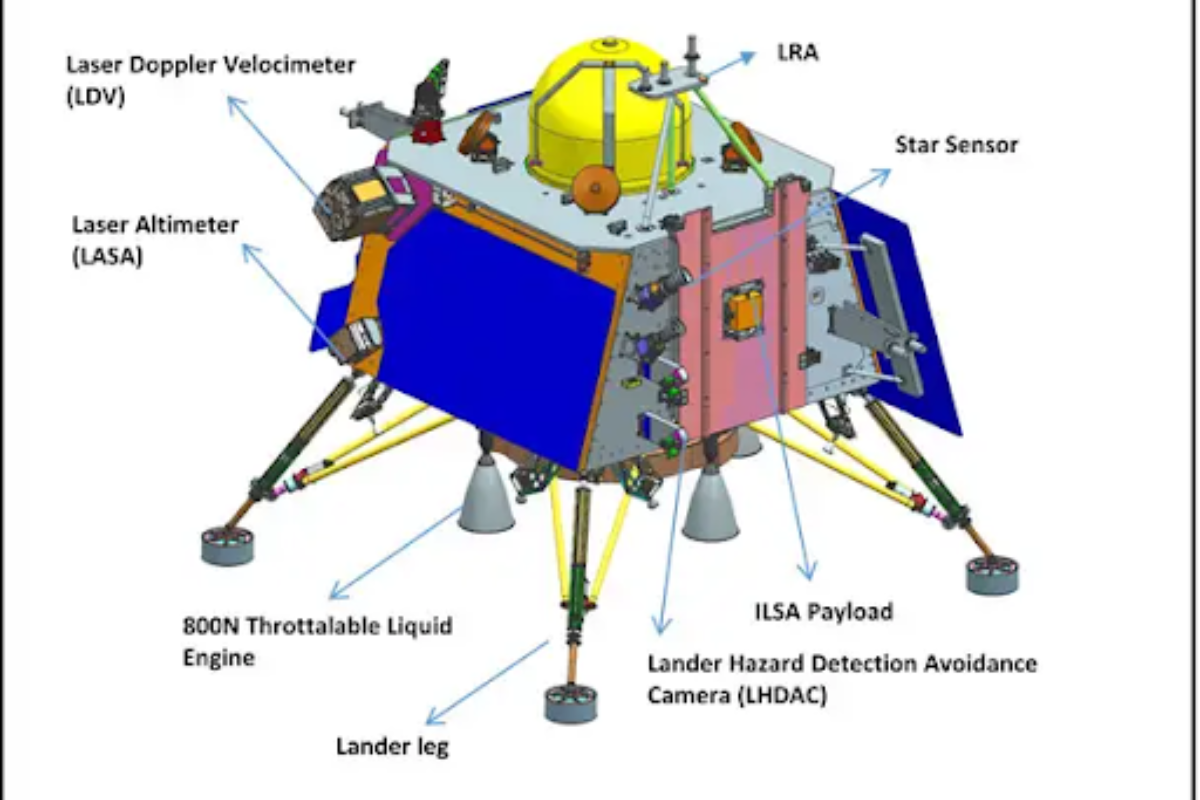

ISRO HQ(BENGALURU): The deal that sealed India’s successful landing of the Chandrayaan 3, that also put it ahead of its predecessor which had tragically crashed in 2019, has been credited to a new sensor module called Laser Doppler Velocimeter that can sense adverse or favourable conditions on the surface of the moon.
The device was designed by the team at ISRO Telemetry Tracking and Commanding Network, according to the director BN Ramakrishna who spoke exclusively with The New Indian after the mission’s completion. The New Indian team was invited by the ISRO to witness the landing of Chandrayaan 3.
“This (Laser Doppler Velocimeter) is a technologically challenging instrument that we were able to create during the time frame of Chandrayaan-3. We also conducted many simulations under a variety of conditions, such as when an engine fails or two engines fail,” Ramakrishna told The New Indian.

He added that they tested under these conditions extensively until they were confident about the mission faring well.
The ISTRAC director also said that the last 15 minutes of the landing phase were the most crucial to ascertain when the brakes were to be applied.
WATCH: How ISRO director announced the big moment to PM and rejoiced with colleagues
“This is the most difficult phase because we have to reduce the velocity using the engine. At 30 kilometres altitude above the moon surface, the lander was travelling at 1.6 km/second, which we had to reduce to zero metre/second. That is the kind of brake we have to apply on the lander, and after reducing the horizontal velocity, I also had to make sure that it does not land on craters or boulders,” remarked Ramakrishna.
The senior scientist said that the landing must happen on plain, “good” land, and the sensors had to be optimised to sense the same.
The cameras on Vikram will be sending pictures to the command centre whereupon they will be used for future use.
Ramakrishna said, “The rover will set foot on the moon’s surface four hours from its landing.”
YOU MAY ALSO LIKE: